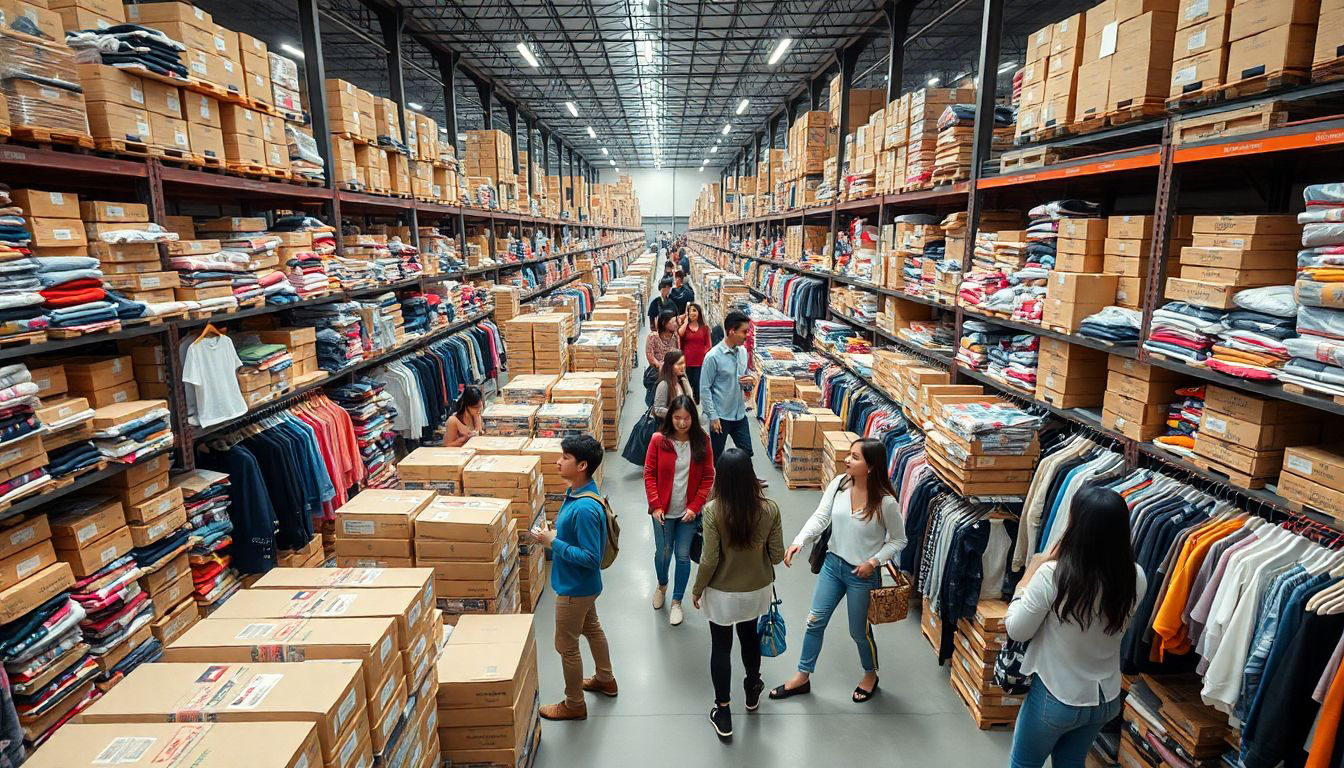Did you know that Shein is now the largest fast fashion retailer in the world? It has snagged a big share of the market. This article dives deep into Shein, the fashion industry's disruptor. We'll explore Shein's history and their business model. We'll even look at controversies and their future. So let's get started!
The Rise of Shein: A History of Fast Fashion Domination
Shein's story is one of rapid growth. It changed how clothes are made and sold.
From Humble Beginnings to Global Phenomenon
Shein started in 2008. Chris Xu founded it in Nanjing, China. At first, they focused on wedding dresses. They sold these dresses through online platforms. The company initially aimed at international markets. Shein's strategy quickly shifted. It moved towards broader women's fashion. Their early focus on affordable prices helped them. It helped them grab attention fast.
Key Milestones in Shein's Expansion
Shein rebranded in 2015. This was a major move. It signaled a new direction for the company. They launched their own platform. The platform allowed for a direct-to-consumer approach. International expansion soon followed. Shein became available in many countries. Funding rounds boosted their growth. Their valuation increased dramatically. This showed investor confidence.
Shein's Business Model: How Does It Work?
Shein's success comes from its unique business model. It has redefined fast fashion for a new generation.
Ultra-Fast Fashion: Design, Production, and Distribution
Shein's design cycle is incredibly fast. New items appear daily. Their supply chain is highly efficient. This allows for quick turnaround times. Data analytics plays a big role. Shein predicts trends using customer data. This approach keeps them ahead.
The Power of Social Media Marketing and Influencers
Social media is key to Shein's marketing. They use TikTok and Instagram a lot. Influencers promote their products too. These collaborations help build the brand. Celebrity endorsements also add appeal. This strategy reaches millions of potential shoppers.
Direct-to-Consumer (DTC) Strategy: Cutting Out the Middleman
Shein uses a direct-to-consumer approach. This cuts out traditional retailers. This allows them to offer lower prices. It also gives them control over the customer experience. Their mobile app and website drive sales. They provide a seamless shopping experience.
Controversies and Criticisms Surrounding Shein
Shein faces many criticisms. These center on ethical and environmental issues. Let's explore the challenges of fast fashion.
Environmental Impact: Fast Fashion's Toll on the Planet
Shein's production practices hurt the environment. Water pollution is a major concern. Textile waste fills landfills. Carbon emissions contribute to climate change. The fashion industry is a big polluter. It accounts for a large percentage of global emissions. These are serious problems.
Labor Practices: Allegations of Exploitation and Unfair Treatment
There are concerns about Shein's labor practices. Allegations include poor working conditions. Low wages are also a problem. Long hours are common in the supply chain. Reports of unsafe working environments are alarming. These issues raise ethical questions.
Design Theft and Intellectual Property Issues
Shein has faced accusations of design theft. They have allegedly copied designs from others. Independent designers have claimed foul play. Legal battles have occurred as a result. Settlements have been reached in some cases. This raises questions about originality.
The Future of Shein: Sustainability and Beyond
Shein is trying to address criticisms. They are adapting to changing consumer preferences. Let's see what they're doing.
Sustainability Initiatives: Towards Responsible Fashion?
Shein has launched some sustainability initiatives. They are using recycled materials. They also are trying carbon offsetting. Are these efforts sincere? It's a matter of debate. It remains to be seen if they will stick with it.
Adapting to Changing Consumer Demands
Consumers care more about ethical issues. Shein is responding to this. They are working with sustainable brands. These collaborations show effort. They reflect a changing market.
Shein's Continued Growth and Innovation
Shein plans to expand further. They are adopting new technologies. They want to diversify their markets. Their long-term prospects are uncertain. The fast fashion industry keeps changing. What will the future hold?
Conclusion
Shein has reshaped the fashion industry. They brought affordable fashion to the world. They have also faced serious criticisms. It is important to look at both sides. The future of fast fashion relies on responsible practices. Are consumers willing to demand change?
-thepostpress.in


Post a Comment